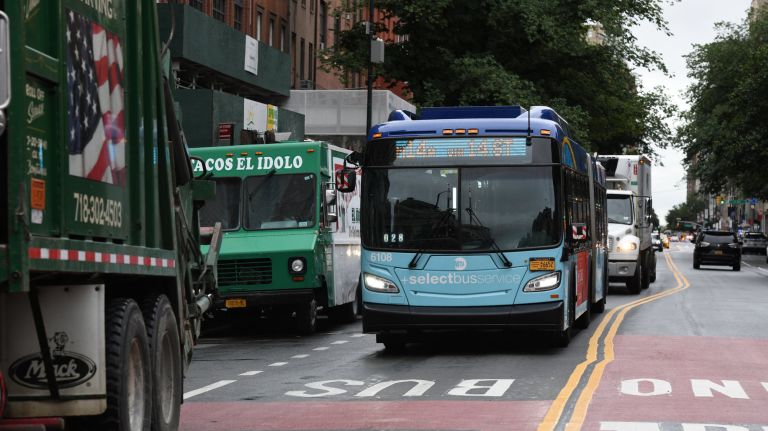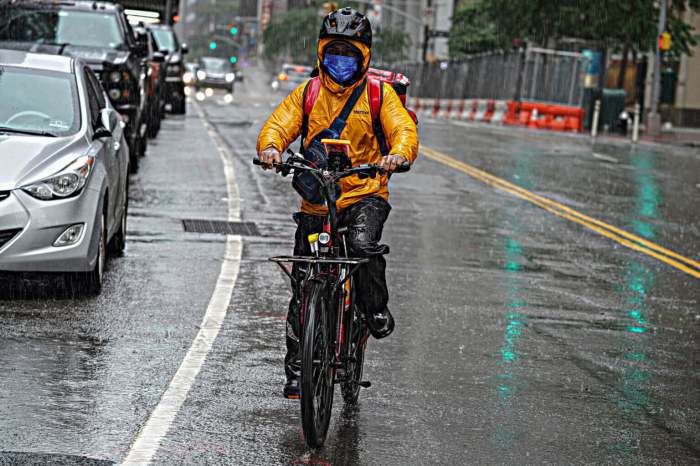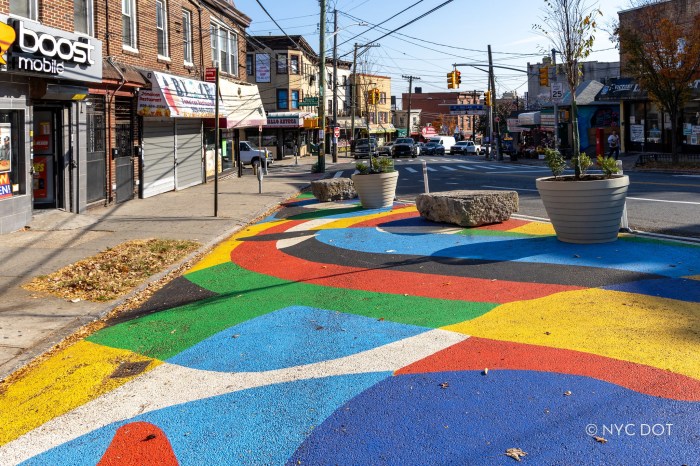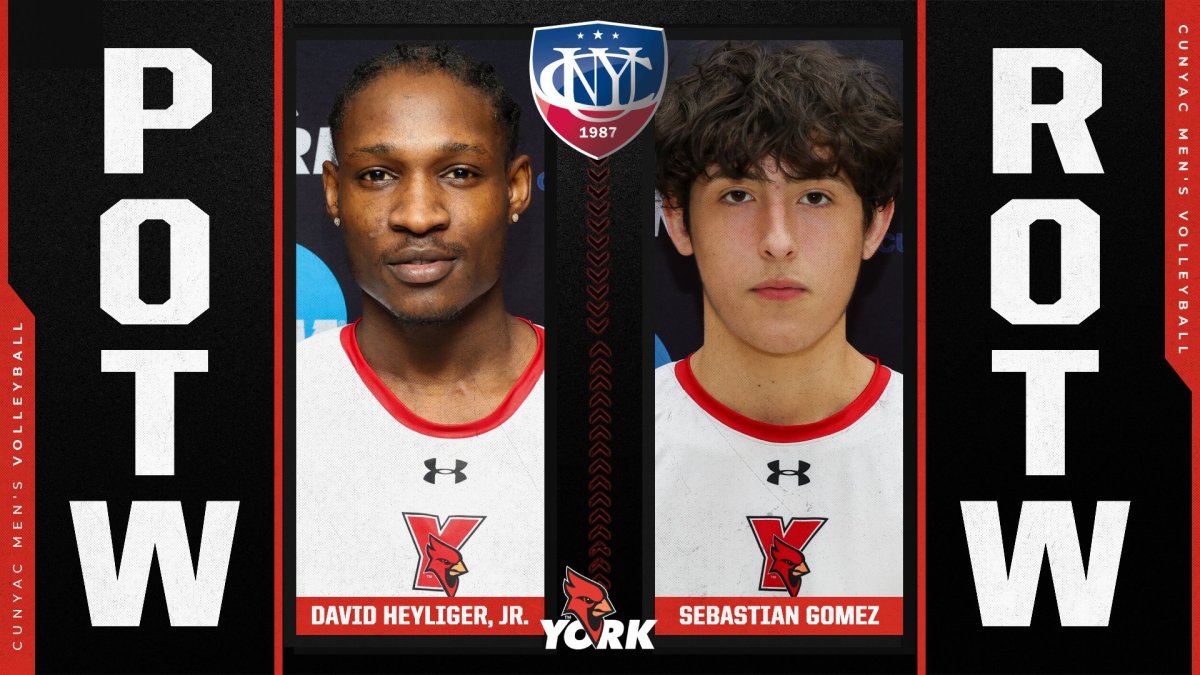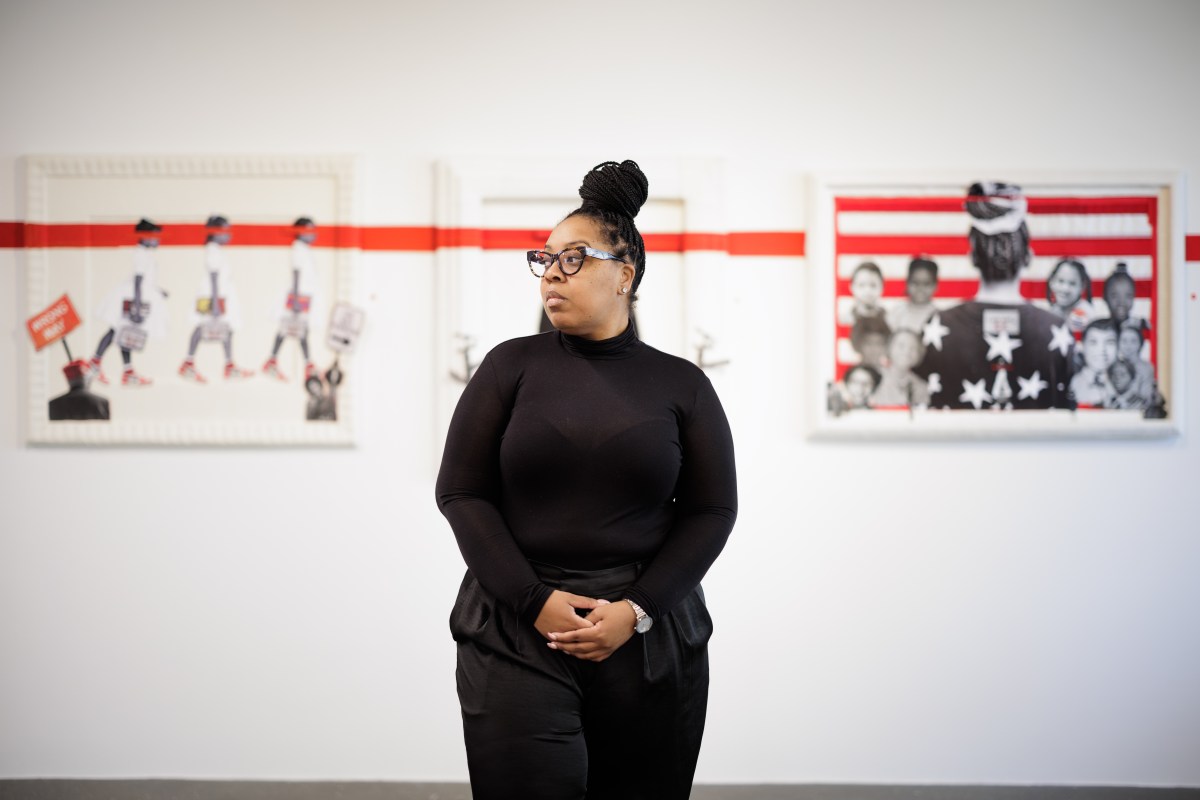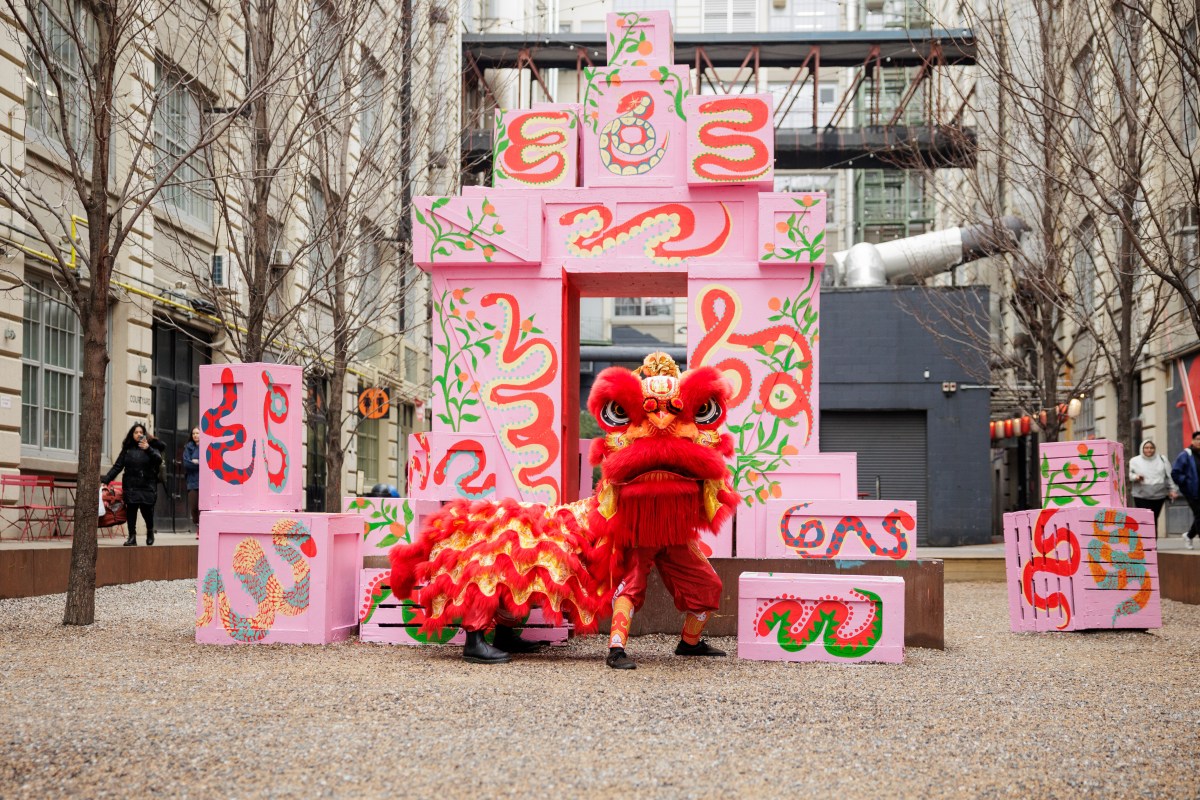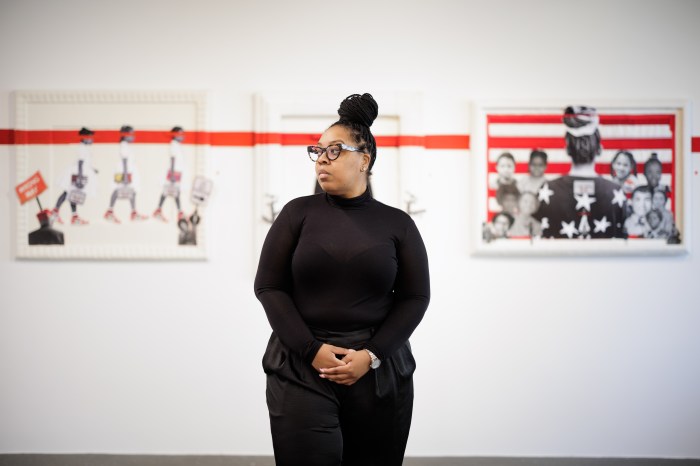
Bus riders rejoiced Thursday as they sped crosstown during the first day of the city’s 14th Street busway, the new design pilot aimed at improving bus service on one of the slowest routes in town.
The M14, known to crawl at a pedestrian’s pace at times, moved along between Third and Ninth avenues at a brisk pace in the afternoon and evening as the busway was put into effect. Only buses and trucks were allowed to use 14th Street for through traffic. Private vehicles could make pick-ups and drop-offs but were required to turn at the next available right during the busway’s operating hours, from 6 a.m. to 10 p.m.
“I found it amazing. The difference is unbelievable,” said Judy Kahn, Lower East Side resident.
Kahn said she had given up on the bus route—“They’re so slow sometimes; it can drive you crazy.”—but the new busway had lured her back.
“Now, I’m riding the bus,” she said.
Others remarked on the vast emptiness across 14th Street. Once a busy crosstown corridor snarled in traffic, 14th Street was veritably empty throughout the day. The police department had traffic cops and other officers deployed at avenue intersections to make sure drivers followed the new rules.
“I think it’s a good thing if you can get the buses moving better,” said Nathan Ingram, a Jersey City commuter who takes the M14 as part of his commute to Manhattan.
Even though opponents feared dangerous amounts of traffic spillover on neighboring side streets, cars on12th, 13th, 15 and 16th streets appeared to move at a typical clip. The Department of Transportation, which will be monitoring the busway during its 18-month trial period, said there was some uptick on side streets that it believes will be resolved over time.
“As we expected would happen during the adjustment period, we have seen some increase in congestion on some blocks of the nearby side streets, particularly during the peak hours,” said a DOT representative in a statement. “We believe some of this traffic will dissipate over the coming days and weeks as drivers modify their travel patterns accordingly.”
Advocates at groups like Transportation Alternatives, which had pushed for a reimaging of 14th Street as part of the now-scrapped L train shutdown, have already begun clamoring for similar projects on other busy crosstown streets.
Mayo Bill de Blasio said he would wait to see the results of the test run.
“I accept this as a pilot, and only as a pilot, and I’m going to see what those results are, and it’s going to tell us whether it’s something we want to do in other places,” de Blasio said during an unrelated news conference. “And some places might be right for it and other places not, obviously. But no – the jury is out. We want to see what we learn from this pilot.”
The project was delayed twice after block associations filed lawsuits against the city. City Council Speaker Corey Johnson, who represented those opponents, was slow to embrace the pilot but eventually endorsed a trial run.
“New York City is failing bus riders on a daily basis and we are hemorrhaging riders as a result. People are getting off buses and into cars, which is unacceptable as we try to fight climate change by encouraging green modes of transportation,” Johnson tweeted. “We owe it to bus riders to try and do everything we can to speed up buses all over the city, and especially on routes like the M14 where you can usually walk faster than the bus.”



